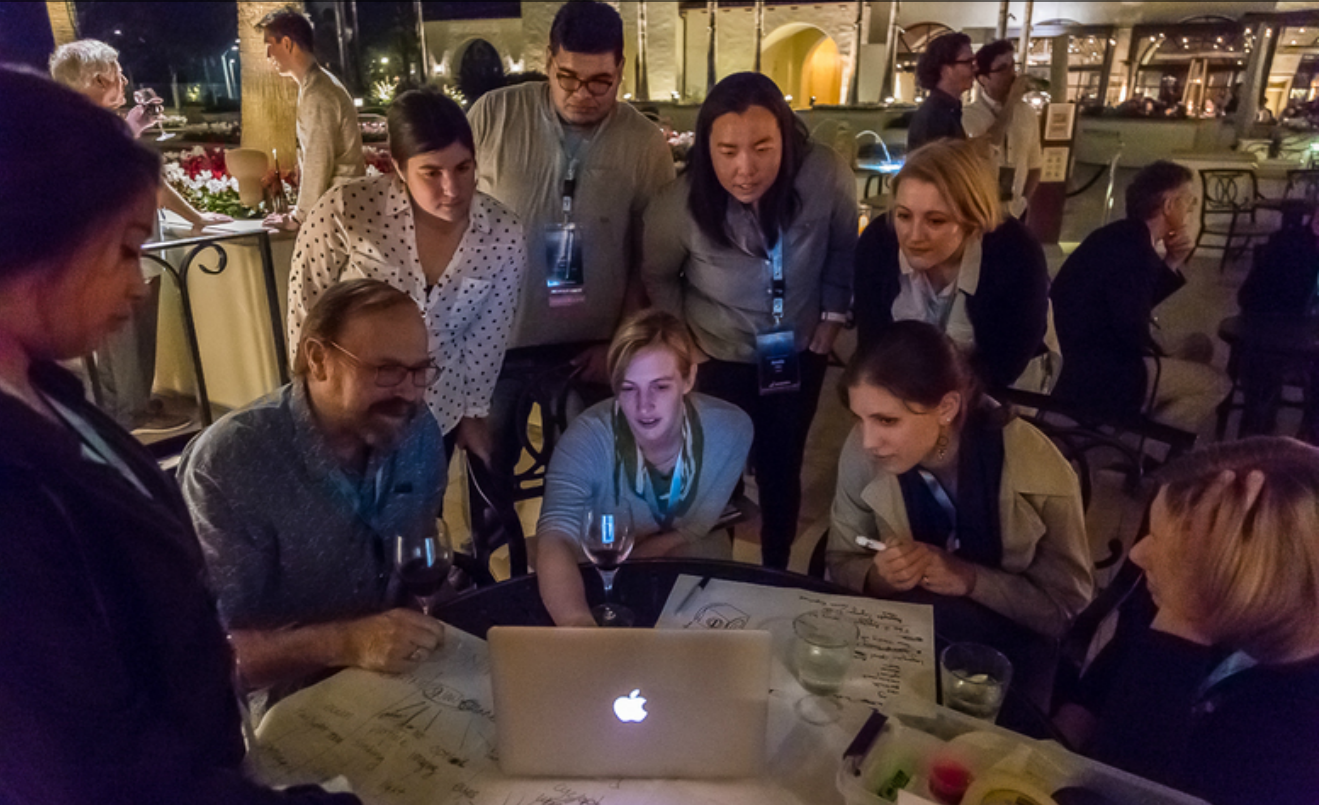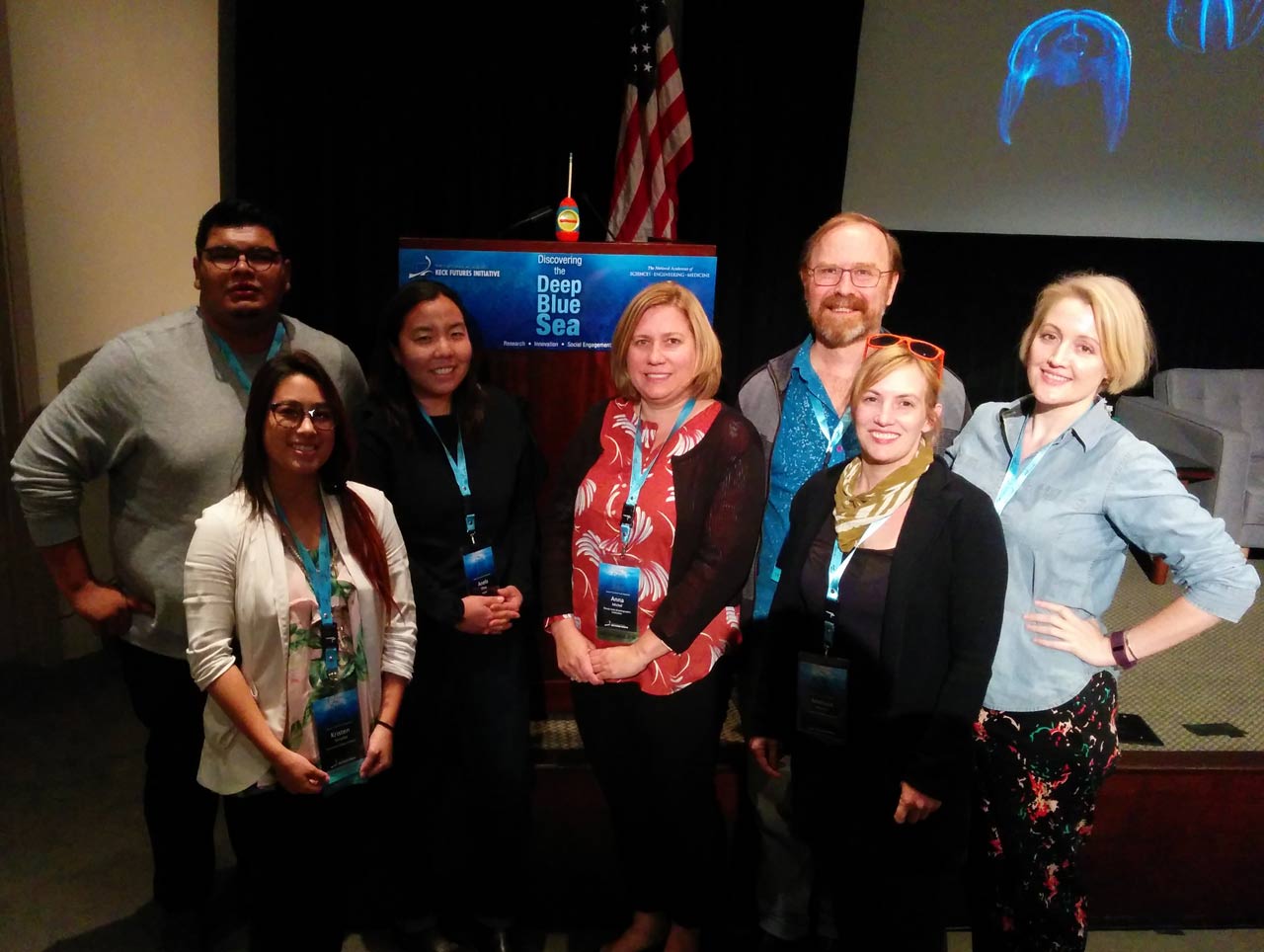We’re proud to announce that Science Practice is part of a team that has been awarded $100,000 from the National Academies Keck Futures Initiative (NAKFI) and the Gulf Research Program. The grant is for developing and building sensors to monitor marine snow in the ocean’s twilight zone:


Marine snow is made up of tiny particles of decomposing microscopic plants and animals that “rain” down from sunlit surface waters of the ocean, providing nutrients to the deep ocean. Basically, it’s like crumbs that fall off the tabletop and feed everything below, which is the majority of the ocean. Pale specks of marine snow are noticeable in underwater footage:

The sinking of marine snow is a little-known but fundamental process that could play a key role in understanding and mitigating global warming. The sensors we’re building with the grant will use novel imaging technology to measure the size of marine snow particles and their sinking rate. The sensors will be small devices (the size of a bottle) that will passively float with the marine snow at different depths, rather than being large, motorised floats which are typically used in oceanography. Their passive drifting has data-gathering advantages, and drastically reduces the cost of sensors. Cost is further reduced by using novel imaging technology to capture compressed, encoded images, reducing the resources needed for data storage and transfer.
The funding from the USA’s National Academies of Sciences, Engineering, and Medicine – supported 22 interdisciplinary seed grants this year, totaling $1.65 million. These competitive grants support collaborations resulting from the NAKFI Discovering the Deep Blue Sea conference that I attended last year. At the conference we formed teams and developed ideas, and it was optional for teams to apply for funding after the conference. My team consisted of diverse researchers who were interested in 1) mobile sensors, 2) marine snow and carbon export, and 3) targeting the Tuk Tuks, instead of the Cadillacs of marine observational platforms.
Back of the envelope calculations & a model copepod #NAKFI2016 pic.twitter.com/SdOWGMd1xH
— DrTempest van Schaik (@Dr_Tempest) November 12, 2016
During the conference we developed some low-fi physical prototypes of our sensors to help us think through the design. We used coffee cups and modeling clay, and explored Matlab image processing on iPhone video of simulated marine snow.

Matlab simulations and roasted marshmallows. Our team at the NAKFI conference used every opportunity to refine our idea, including the fireside cocktail session.
The motivation for the grants awarded after the conference is that “Major federal funding programs do not typically provide support in areas that are considered risky or unusual. Futures grants aim to fill this critical gap in funding for bold new ideas. The seed grants allow investigators to recruit students and postdocs to the research effort, purchase new equipment, acquire preliminary data, develop prototypes of exhibits, or create new collaborative teams and modes of inquiry – all of which can position the project to compete for larger awards from other public and private sources.”

Our group on the final day of NAKFI 2016 when we pitched our idea for a small, low-cost device to measure the falling rate of marine snow.
The other team members in the grant award are Ken Buesseler and Anna Michel from the Woods Hole Oceanographic Institution, and the project is lead by Melissa Omand from the University of Rhode Island. At Science Practice we’re really looking forward to bringing our experience in developing user-centered medical devices to an ocean research project!

